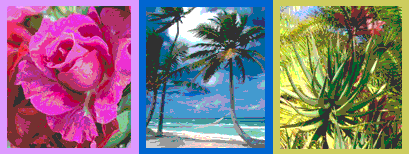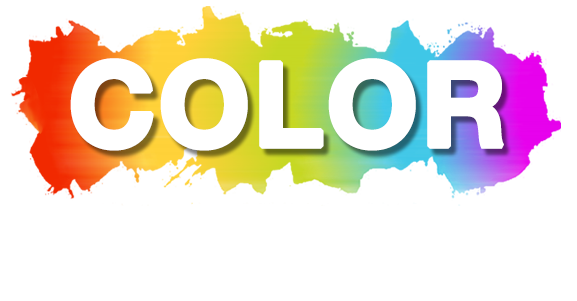Color conveys meanings in two primary ways - natural associations and psychological symbolism. No, it’s not mind control. The truth of the matter is that people are comfortable when colors remind them of similar things. For example, a soft shade of blue triggers associations with the sky and a psychological sense of calm.
Successful design requires an awareness of how and why colors communicate meaning. The source of these meanings can be quite conspicuous, such as those found in nature — red is the color of blazing fire and blood, blue the color of cooling waters and the sky. Other meanings may be more complex and not universal.
As a starting point, the communicative properties of a color can be defined by two categories: natural associations and psychological (or cultural) associations.
Natural Associations

Occurrences of colors in nature are universal and timeless. For example, the fact that green is the color of vegetation and that blue is the color of the sky and water has been a reality since the dawn of humanity. These color associations are common to all people. Therefore, this symbolism is both timeless and universal.
Learn more about the symbolism of colors as it originates in nature. here .
Psychological or Cultural Associations

Color may generate another level of meaning in the mind. This symbolism arises from cultural and contemporary contexts. As such, it is not universal and may be unrelated to its natural associations. For example, green’s associations with nature communicate growth, fruitfulness, freshness and ecology. On the other hand, green may also be symbolic of good luck, seasickness, money and greed — all of which have nothing to do with green plants. These associations arise from a complex assortment of sources.
Furthermore, color may have both positive and negative symbolism. For example, although blue is the beautiful color of the sky on a sunny day, it can be symbolic of sadness or stability. Idiomatic American English reflects these traits in phrases such as “singing the blues” and “blue chip stocks.” Red is another example of dual symbolism. On one hand, as the color of fire and blood, it is an energizing, aggressive and bold color. In direct contrast, red is used for “STOP” signs throughout the world today.
Although there are no absolutes, there are logical sources for the range of complex and sometimes contradictory psychological/cultural meanings of colors. These may arise from any of the following:
1. Cultural associations: the color of currency, traditions, celebrations, geography, etc. (For example, green is associated with heaven (Muslims) and luck (U.S. and Ireland)
2. Political and historical associations: the color of flags, political parties, royalty, etc. (For example, green is the color of Libya's flag; it’s the favorite color of Emperor Hirohito and the source of "Green Day" in Japan, and in the U.S., the Green Party.)
3. Religious and mythical associations: the colors associated with spiritual or magical beliefs (For example, the green man was the God of fertility in Celtic myths, a symbolism that carries over into today’s associations of Green M&M candies with sexuality in the U.S. Also, in contemporary Western culture, green is associated with extraterrestrial beings.)
4. Linguistic associations: color terminology within individual languages (For example, South Pacific languages refer to shades of green by comparison to plants in various stages of growth. In Scottish Gaelic the word for blue ('gorm') is also the word used for the color of grass.)
5. Contemporary usage and fads: current color applications to objects, sports, and associations generated by modern conventions and trends. (For example, green is used world wide for traffic lights signifying "go." In Scandinavia, green has been a popular color for many decades. In the U.S., “avocado green” was a popular color for appliances in the 1960s. Today, lime green has been a hip and trendy color in fashion and advertising in the US since the late 1990s.)
More about color symbolism
![]()
Also from Color Matters





